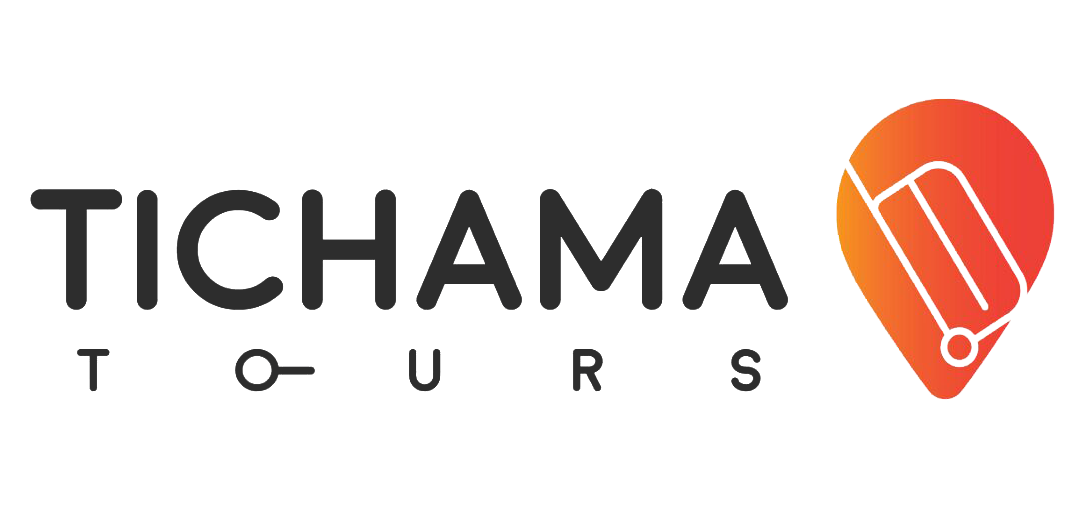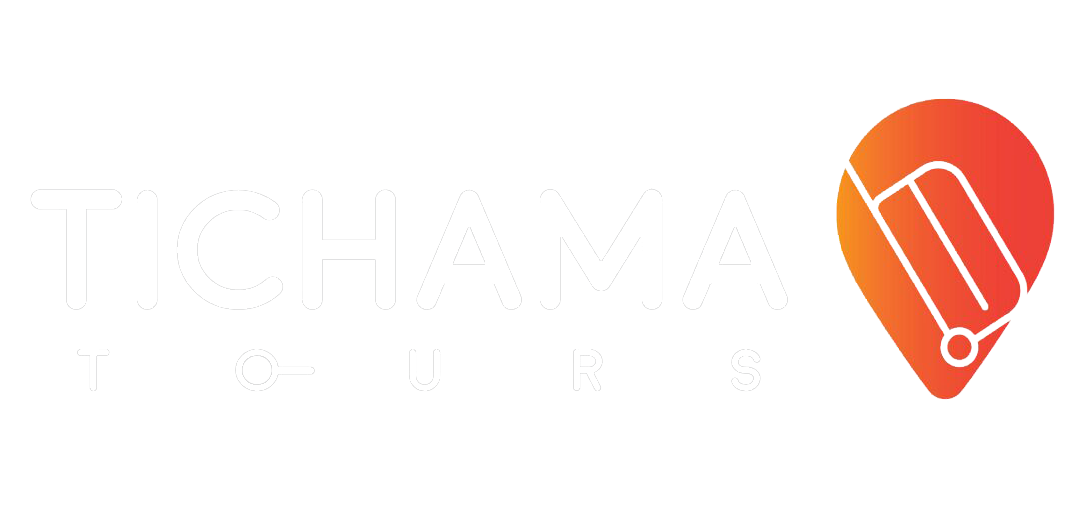[su_tabs][su_tab title=”DAMBA FESTIVAL” disabled=”no” anchor=”” url=”” target=”blank” class=””]The Damba festival is celebrated by the chiefs and peoples of Northern Ghana and Upper West Region of Ghana. The name is Damba in Dagbani, Damma in Mampruli and Jingbenti in Waali. The festival is celebrated in the Dagomba lunar month of Damba corresponding to the third month of the Islamic calendar, Rabia Al-Awwal. Damba is celebrated to mark the birth and naming of Prophet Mohammed, but the actual content of the celebration is s glorification of the chieftaincy not specific Islamic motifs.
The Bugum Chugu (Fire Festival) is the first Dagomba festival of the year. This festival is also celebrated the Kamara’s in West Gonja, it is celebrated in the first month of the Dagomba lunar year, the Bugum Goli (the month of fire), and is celebrated on the ninth day of the month.
The chief and people chant war songs while holding bonfires and show their traditional powers, the fire is carried around the village with drumming and dancing.[/su_tab]
[su_tab title=”Homowo” disabled=”no” anchor=”” url=”” target=”blank” class=””]Homowo is a festival celebrated by the Ga of Ghana. The festival starts in the month of May with the planting of crops before the rainy season start. During the festival, they perform a dance called Kpanlogo. The Ga people celebrate Homowo in the remembrance of the famine that once happened in their history in precolonial Ghana.
The word Homowo (Homo – hunger, wo – hoot) can mean “to hoot (or jeer) at hunger” in the Ga language. The tradition of Homowo started with a period of hunger leading to famine due to failure of the seasonal rains needed by crops in the Greater Accra Region, where the Ga people predominantly dwell. When the rains returned to normal, the Ga people celebrated by creating the Homowo festival, hence its name and meaning. Homowo is greatly celebrated in all the towns in the Ga state with celebrations climaxing in Gamashie. The celebration begins with the planting of maize, which will be used in preparing the food for the festival named Kpokpoi or Kpekple. During this period, noise making is prohibited since it is believed that it will hinder the maturity of the crop. The meal is eaten with Palm Nut Soup and it is also sprinkled within the town. This is normally done by traditional leaders and family heads. Celebration includes marching down roads and streets beating drums, chanting, face painting, singing and traditional dances. On this day, there is usually a lot of traffic and roads are usually blocked off to accommodate the festival. Even though it is a Ga tradition, many other ethnic groups are welcomed to also join in the celebration.[/su_tab]
[su_tab title=”Hogbetsotso” disabled=”no” anchor=”” url=”” target=”blank” class=””]The Hogbetsotso festival (pronounced Hogbechocho) is celebrated by the chiefs and people of Anloga in the Volta Region of Ghana. The festival is celebrated annually on the first Saturday in the month of November. The name of the festival is derived from the Ewe language and translates as, the festival of exodus or “coming from Hogbe (Notsie)”. The celebration of the festival was instituted about four decades ago.
THE CELEBRATION
Various ceremonies are held during the festival. They include a peace-making period in which all disputes are ended with the finding of amicable solution. It is believed that the reason for this traditional period of peace making is that the people believe their ancestors lived in harmony with themselves all through their escape from Notsie and that it was this character that made their sojourn a success. There is also a purification ceremony of the ceremonial stools (where the Ewe believe the ancestral spirits reside) through the pouring of libations. This is followed by general cleaning where all the villages are swept and rubbish burnt. This cleaning ceremony starts at the Volta Estuary and ends after several days at the Mono River in the Republic of Benin. The climax of the festival involves a durbar of the chiefs and peoples of Anlo. The chiefs dress in colorful regalia and receive homage from their subjects at the durbar grounds. Various forms of dancing, singing and merry-making characterize the entire festival.[/su_tab]
[su_tab title=”Aboakyire” disabled=”no” anchor=”” url=”” target=”blank” class=””]The Aboakyire festival is a bushbuck hunting festival celebrated by the people of Winneba in the Central Region of Ghana. The name ‘’Aboakyire’’ translates as ‘hunting for game or animal’ in Fante dialect as spoken by the people of the Central region. The institution of the festival was to commemorate the migration of Simpafo (tradition name given to the people of Winneba). The people migrated from the North-eastern African town of Timbuktu in the ancient Western Sudan Empire to their present land in the central coast of Ghana.
THE FESTIVAL
The festival is celebrated on the first Saturday in May. On the first day of the festival, the two Asafo companies (warrior groups) in Winneba take part in a hunting expedition. The first troop to catch a live bushbuck from a game reserve used for this purpose and present it to the chiefs and people at a colorful durbar is declared winner and is highly regarded for bravery. The bushbuck is sacrificed and this signifies the start of the Aboakyer festival. The festival is used also to receive a productive harvest and spiritual guidance from their gods for the coming year.[/su_tab]
[su_tab title=”Akwasidae” disabled=”no” anchor=”” url=”” target=”blank” class=””]The Akwasidae festival is celebrated by the Ashanti people and chiefs in Ashanti as well as the Ashanti diaspora. The festival is celebrated on a Sunday, once every six weeks. The Akwasidae Festival is next only in importance to the National Day celebrations
THE FESTIVAL
The Akan annual calendar is divided into nine parts, each lasting approximately six weeks but varying between 40–42 days in a period; the celebration of this period is called the Adae Festival. The Adae Festival has two celebration days: the Akwasidae Festival is celebrated on the final Sunday of the period, while the Awukudae Festival is celebrated on a Wednesday within the period. The Friday preceding 10 days to the Akwasidae is called the Fofie (meaning a ritual Friday). As the festival is always held on Sundays (Twi in Kwasidae), its recurrence could be after 40 or 42 days in accordance with the official Calendar of Ashanti. During the last Akwasidae of the year, which coincides with the Adae Kese Festival, special attention is given to make food offerings and donations for helping people. The festivals of Adae are not interchangeable as they were fixed from ancient times[/su_tab]
[su_tab title=”PANAFEST” disabled=”no” anchor=”” url=”” target=”blank” class=””]The Pan African Historical Theatre Project now known as PANAFEST is a cultural event held inGhana every two years for Africans and people of African descent. It was first held in 1992. The idea of this festival is to promote and enhance unity, Pan-Africanism, and the development of the continent of Africa itself. Activities that occur at this festival are performances and work in the areas of theatre, drama, music, and poetry, among other things. Also, there are viewing of the durbar of chiefs, and tours to various places of interest, such as slave castle dungeons.[/su_tab]
[su_tab title=”Chale Wote” disabled=”no” anchor=”” url=”” target=”blank” class=””]The Chale Wote Street Art Festival also known as Chale Wote is an alternative platform that brings art, music, dance and performance out into the streets. The festival target exchange between score of local and international artists and patrons by creating and appreciating art together.
Since 2011, CHALE WOTE has included street painting, graffiti murals, photography, theater, spoken word, interactive art installations, live street performances, extreme sports, film shows, a fashion parade, a music block party, recyclable design workshops and much more. It is the first to be organized in Accra, Ghana and has inspired similar events across the country. There have been 6 editions so far; the first two ran for one day each, while the 2013 and 2014 edition ran concurrently for two days, the former in September and the latter in August, a week after the Homowo festival of the Ga people at the historical James Town, Ghana on the High Street in Accra. The format switched in 2016 when the festival lasted an entire week, from August 18 – 21. This switch saw the festival hop from the open street gallery that is Jamestown to other art spaces, such as the Nubuke Foundation, the Museum of Science and Technology as well as film screenings at the Movenpick Ambassador Hotel. The same format was replicated in the 7th edition, themed, Wata Mata with further immersion into Accra, spreading to areas such as Nima, Osu and more. The event is produced by Accra [dot] Alt Radio, with support from other local cultural networks like Attukwei Art Foundation, Foundation for Contemporary Art Ghana, Dr. Monk, Redd Kat Pictures and the Institute francais in Ghana[/su_tab]
[su_tab title=”Asa Baako festival” disabled=”no” anchor=”” url=”” target=”blank” class=””]“Asa Baako One dance music festival” takes place March every year. Asa Baako mean “ one dance” and the aim is to bring all people of ages together to celebrate African culture and talent within Ghana through exhibitions, cinema, art and music. It’s has audience of over 2,000 people every year since it inception.
There are other fun activities to do such as jungle parties, beach volleyball, beach football. There are also surfing and yoga sessions.
Asa Baako is the ultimate party festival…[/su_tab]
[/su_tabs]



